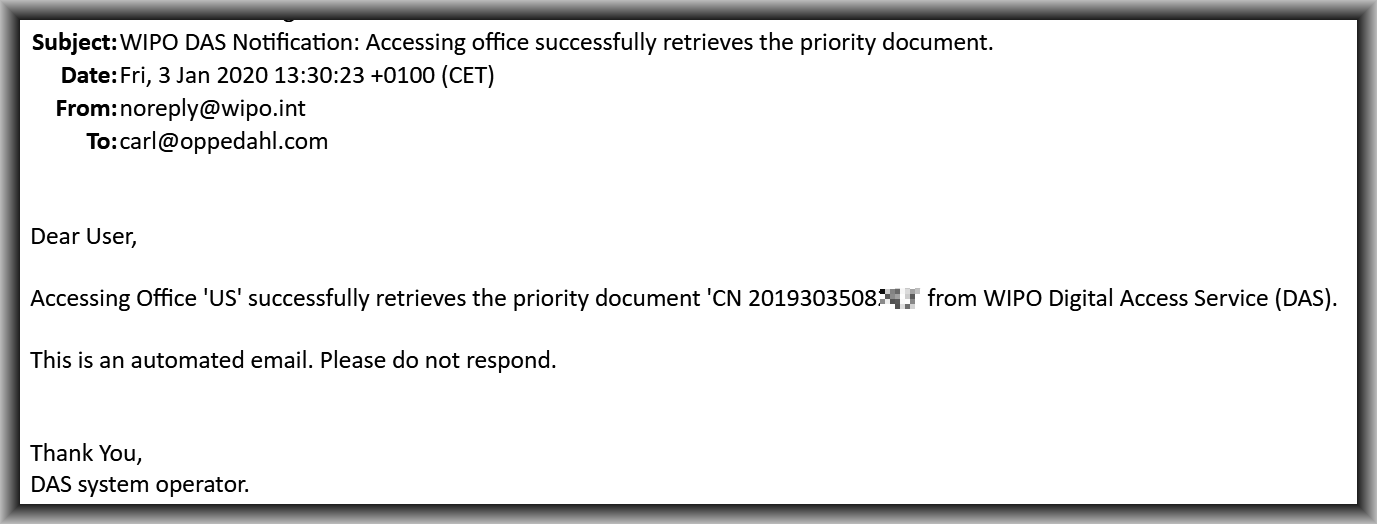For more than three years now, there has been an urgent need for USPTO to fix a problem with its FFL rules, 37 CFR § 5.11 et seq. See my blog article USPTO needs to update its Foreign Filing License rule (October 29, 2016). After three years of being repeatedly reminded of this, USPTO has done the right thing and has published a proposed revision to its FFL rules. You can read about it here:
Comments are due by March 30. Twenty-one patent practitioners filed this comment.





